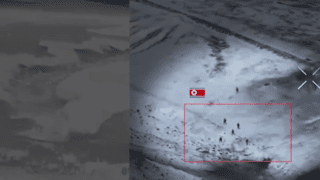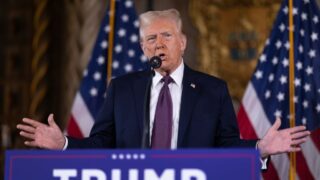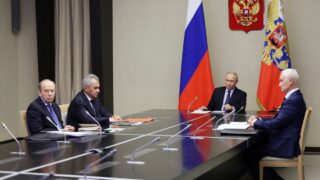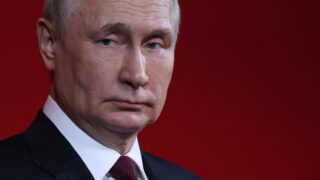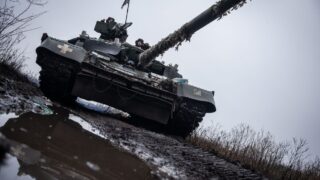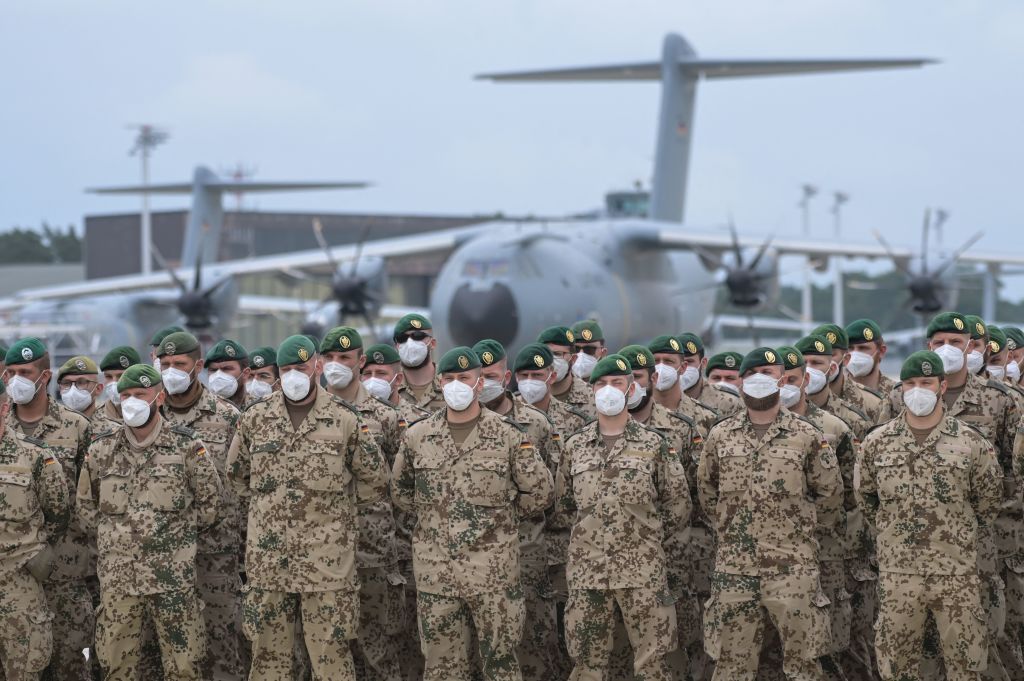
Opinion: How EU nations can prevent the worst-case outcome for Ukraine
Russian President Vladimir Putin clearly hopes to exploit any effort by U.S. President-elect Donald Trump to enforce a de facto capitulation of Ukraine. How might this plan unfold, and what should EU countries do now?
This is how an ideal scenario might look for Russia:
Step 1: Trump wants a deal, so Putin might agree if a ceasefire recognizes Russia’s “legitimate interests”: around one-fifth of Ukraine’s territory would fall under Russian control, including Crimea, and Western economic sanctions would ease partially. Russia would also secure a guarantee that Ukraine won’t join NATO. Russia has less concern about Ukrainian EU membership, expecting that Western European states would block it for years due to commercial interests. Additionally, Ukraine would face limits on certain offensive weapons.
Step 2: Putin has little reason to stop; victorious dictators rarely do. If Trump imposes any of these surrender demands on Ukraine, it would mean geostrategic disaster. Without U.S. support, Ukraine’s military struggle would become unsustainable, as European aid alone is insufficient. Any Ukrainian leader would be forced to accept these terms under U.S. pressure.


Step 3: Russia expects these conditions to fuel intense anti-Western sentiment in Ukraine, driven by a sense of betrayal after years of brave fighting and heavy losses in Europe’s defense.
Step 4: Ultimately, Russia hopes this would lead to Ukraine’s internal political collapse. Ukrainians and parts of the leadership would resist such terms, potentially ousting any leader forced to agree to them, or that leader might resign — much like Czechoslovak President Edvard Beneš did after the 1938 Munich betrayal by France and Great Britain. Russia expects millions of Ukrainians to flee to the EU — particularly to Germany, Poland, and the Czech Republic — out of fear of Russian reprisals.
At that point, Russia would only need to rebuild its offensive forces, continue destabilizing Ukraine through hybrid tactics, and watch as a wave of Ukrainian refugees strains EU resources and fuels pro-Russian factions in Germany and beyond.
What can EU states do to prevent this worst-case scenario?
First, increase defense spending to 3% of GDP. Whether to prepare for a potential Russian attack on NATO or to defend Europe without U.S. support, it’s a critical step.
Second, provide Ukraine with all available weapons that Europe can supply, purchasing them from global sources as necessary.
Third, deploy EU troops — several divisions totaling tens of thousands — along the contact line between Ukrainian and Russian forces once any deal is reached to freeze the Russian assault. Without this presence, any border on a map would rely entirely on Russia’s will.


Fourth, confiscate frozen Russian assets held under EU sanctions. Auction these assets and use the proceeds to fund critical defense measures, including support for Ukraine.
And fifth, offer Trump a compromise: If he refrains from throwing Ukraine overboard, the EU could allocate these funds from these assets to purchase American weapons for Ukraine and for European NATO states.
All of the above measures are technically and legally feasible. Their success depends on Europe’s political will to prevent a Russian strategic victory. The more we act, the stronger our efforts will be.
Editor’s Note: The opinions expressed in the op-ed section are those of the authors and do not necessarily reflect the views of the Kyiv Independent.
Introducing official
merch from the Kyiv Independent
const eshopBannerv3Btn = document.getElementById(“snippet__officialMerchV1_button”);
eshopBannerv3Btn.addEventListener(“click”, () => {
window.dataLayer?.push({
event: `InternalLinkClick`,
element_category: “Banner e-shop”,
element_name: “Special article snippet”,
target_url: “https://store.kyivindependent.com/”,
target_text: “Shop now”,
});
window.open(“https://store.kyivindependent.com/”, “_blank”);
});
Source link






